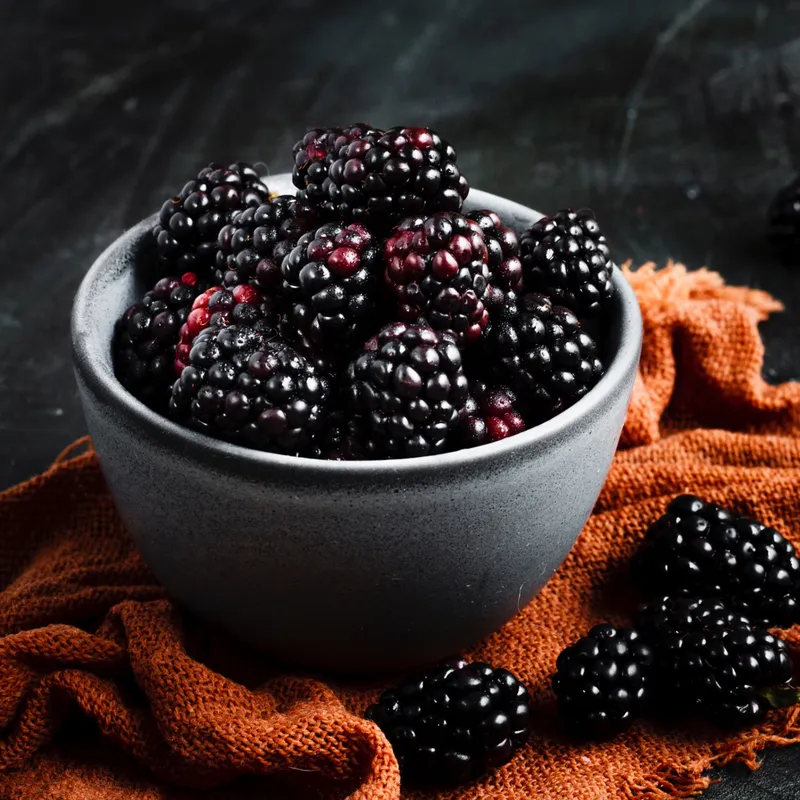10 Vibrant Purple Fruits: Appearance, Flavors, and Health Benefits
A professional and simple list of 10 commonly enjoyed purple fruits, each with details on their visual traits, taste profiles, and key nutritional advantages for easy dietary inclusion.
1.
Plum
Plums are small stone fruits with smooth purple skin and juicy flesh. They offer a sweet-tart flavor rich in fiber for digestive health, enjoyed fresh or in jams.

2.
Purple Grape
Purple grapes are clustered berries with deep purple skin. Providing a sweet, juicy taste with resveratrol for heart benefits, they are ideal for snacking or winemaking.
3.
Blackberry
Blackberries are aggregate fruits with dark purple drupelets. They have a sweet-tangy flavor packed with antioxidants for immune support, used in pies or smoothies.

4.
Açaí Berry
Açaí berries are small, deep purple fruits from palm trees. With an earthy, berry-like taste high in antioxidants, they promote energy and are popular in bowls or supplements.
5.
Elderberry
Elderberries are tiny, dark purple berries in clusters. Offering a tart flavor with immune-boosting compounds, they are cooked into syrups or teas for wellness.
6.
Fig
Figs are pear-shaped with purple skin and soft interior. They provide a honey-sweet taste rich in fiber for gut health, eaten fresh, dried, or in salads.

7.
Mulberry
Mulberries are elongated purple berries from trees. With a sweet, slightly tart flavor containing vitamins for vitality, they are snacked fresh or made into jams.
8.
Purple Mangosteen
Purple mangosteens have thick purple rind and white segments. Offering a sweet-tangy tropical taste with anti-inflammatory benefits, they are consumed fresh as a delicacy.
9.
Concord Grape
Concord grapes feature thick purple-blue skin and seeded flesh. Known for bold sweetness and antioxidants for skin health, they are used in jellies or juices.
10.
Purple Passion Fruit
Purple passion fruits have wrinkled purple skin with seedy pulp. Providing a tart-sweet flavor high in vitamins for digestion, they are scooped fresh or in drinks.